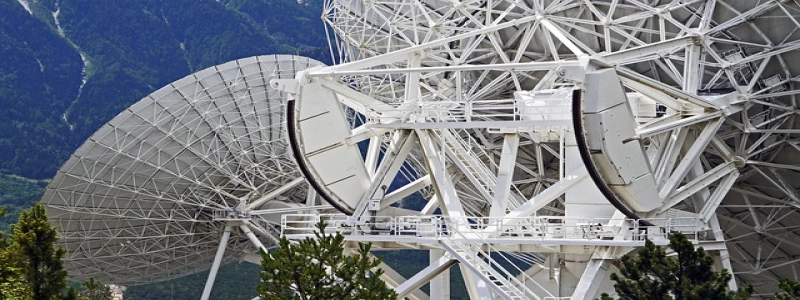Green Ethernet: On or Off
Introduction:
In today’s world, where environmental concerns have taken center stage, it is crucial to implement sustainable practices across all sectors, including technology. Ethernet, the standard for local area networks (LANs), has also evolved to incorporate energy-efficient features known as Green Ethernet. This article explores the benefits and considerations of enabling or disabling this feature.
I. What is Green Ethernet?
A. Definition:
Green Ethernet is a set of energy-saving features designed to reduce the power consumption of Ethernet devices.
B. Features:
1. Power-saving mode: When enabled, unused ports or devices are automatically powered down or put into low power mode to conserve energy.
2. Adjusting power usage: Ethernet devices can intelligently adapt their power consumption based on network activity levels.
3. Energy tracking: Green Ethernet offers monitoring capabilities, enabling organizations to track and analyze power consumption for optimization.
II. Benefits of Keeping Green Ethernet On
A. Environmental impact:
1. Energy conservation: By reducing power consumption, Green Ethernet contributes to the overall reduction of greenhouse gas emissions and global carbon footprint.
2. Sustainability: Organizations that embrace environmentally-friendly practices, such as enabling Green Ethernet, demonstrate their commitment to sustainable development.
B. Cost savings:
1. Reduced electricity bills: Enabling Green Ethernet results in lower energy bills, especially for organizations with extensive network infrastructures.
2. Long-term financial savings: The cumulative effect of energy savings over time can significantly impact an organization’s bottom line.
III. Considerations for Turning Green Ethernet Off
A. Increased power consumption:
1. Immediate impact: Disabling Green Ethernet will result in a higher power draw, potentially leading to an increased energy bill.
2. Environmental implications: Higher power consumption translates to higher carbon emissions, which could negatively impact an organization’s environmental reputation.
B. Compatibility concerns:
1. Older equipment: Some legacy network devices may not support Green Ethernet, making it impossible or impractical to enable this feature.
2. Performance trade-offs: In certain cases, enabling Green Ethernet may slightly reduce network performance due to the intermittent power-saving activities.
IV. Best Practices:
A. Assess network requirements: Organizations should evaluate their network infrastructure and determine the necessity of Green Ethernet based on device usage, power requirements, and environmental goals.
B. Hardware upgrade: If an organization has legacy equipment, considering a gradual upgrade to devices that support Green Ethernet can help achieve both energy efficiency and optimal performance.
C. Regular monitoring and optimization: Enabling Green Ethernet is just the first step. Continuous monitoring and fine-tuning are necessary to ensure optimal power savings without sacrificing network performance.
Conclusion:
Green Ethernet is an essential feature that allows organizations to minimize their environmental impact while benefiting from cost savings. However, turning it off may be necessary under certain circumstances. The decision to enable or disable Green Ethernet should be carefully evaluated, taking into account environmental goals, financial considerations, device compatibility, and network performance requirements.








